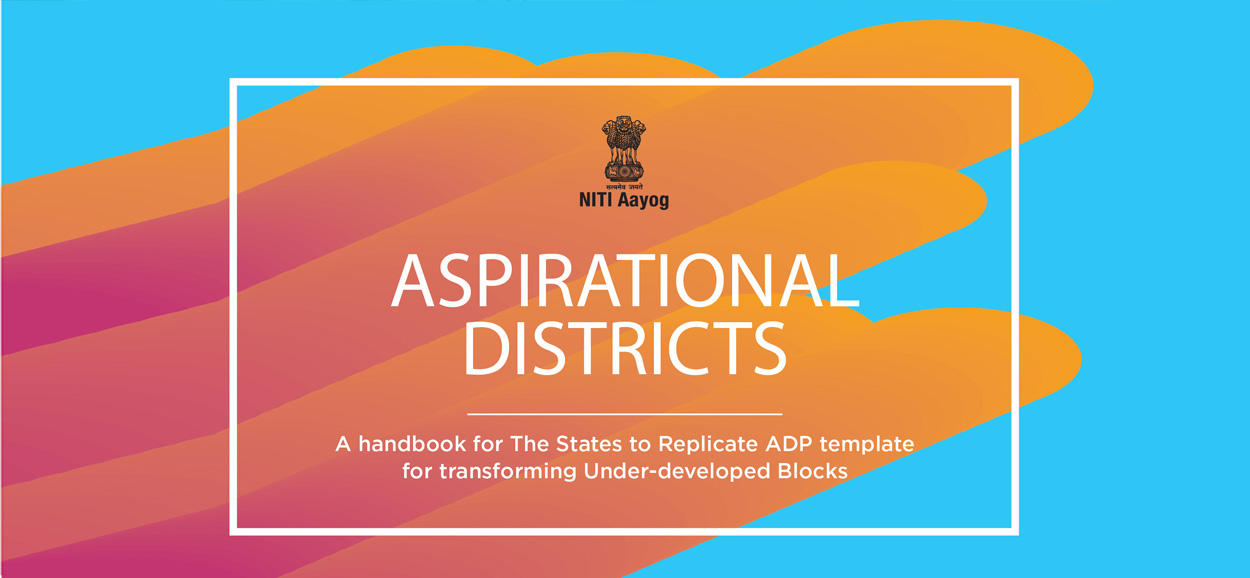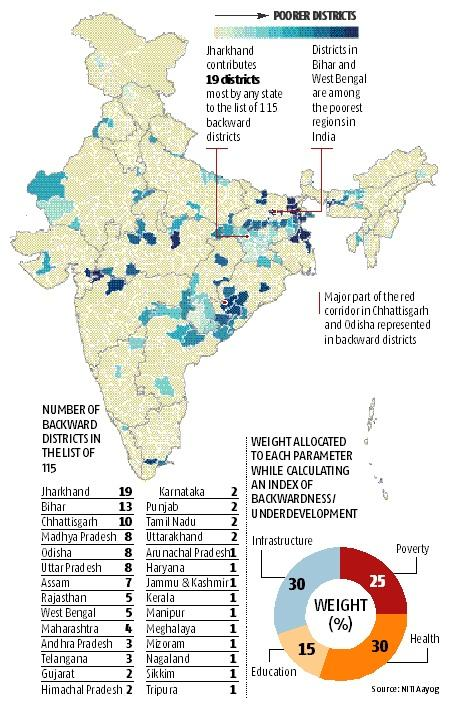Free Courses Sale ends Soon, Get It Now


Free Courses Sale ends Soon, Get It Now



Copyright infringement not intended
Context - The Union Government has reviewed the progress of work under the Aspirational District Programme (ADP).
Details
Aspirational District Programme (ADP)

Copyright infringement not intended
NITI Aayog
https://pib.gov.in/PressReleaseIframePage.aspx?PRID=1819894
© 2024 iasgyan. All right reserved